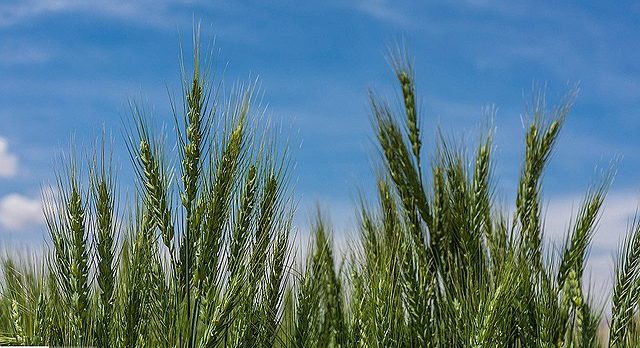This Iranian wheat summer, the government has rewarded farmers with purchases of 4.4 million tonnes of wheat since April 2024.
The Tehran Times reported on June 17, 2024 that 2024 purchases are 200,000 tonnes above those of the April-June 2023 phase.
Under a national plan that guarantees buyouts from local wheat growers, the state has already utilized $1.3 billion.
According to the Minister of Agriculture, Alireza Mohajer, farmers have already received an initial $0.5 million payment.
Mohajer remarked that the drier provinces report impressive returns while the temperate regions are just starting the harvest which ends September.
Of the 25 wheat-producing provinces, Khuzestan in the southwest leads the up-to-June tally with 1.6 million tonnes.
Other notable producers include the wheat- and culturally-rich Golestan province in northeast Iran, which comes second in output. Following suit are the provinces of Fars in the southwest and Illam in the mountainous west.
Pertaining final production outcomes come September, the minister expects temperate provinces to improve showings just behind Khuzestan.
There are high expectations that the 2024 harvest will overcome heatwaves and exceed the 14 million tonnes of 2023.
An IRNA report already predicts a production increase of 500,000 tonnes in the 2023-2024 season, to 14.5 million tonnes. The forecast will thereby put Iran in the 11th global position in wheat production behind Argentina.
The last ranking in 2022 when output reached 13.2 million tonnes had placed Iran 14th in world production of the grain.
If the current crop blooms, it will help the Iranian wheat sector avoid yet another large-scale wheat import year. The last time this happened was in the 2022-23 season after the 2021 drought prompted the country to import 7 million tonnes. And as the next statistics show, weather-related events have impacted historical output in the Levant nation.
Iran Wheat Statistics
Though Iran is often in the top 15 wheat-producing nations, its production shifts yearly depending on weather forces. For instance, while production reached 15,000 tonnes in 2020, it slumped by 20% to 12 million tonnes in 2021 from drought. The lowest production level was in 1960 at 2.6 million tonnes while the highest was 2007 at 15.587 million tonnes. The biggest production increase was in 2009 by 69% to 13.485 million tonnes while the biggest decrease was in 2008 by -49.92%.
Domestic consumption of wheat in Iran ranks even higher than its production. In the 2023-24 market year, Iran was 9th worldwide in wheat consumption at 17.8 million tonnes, slightly above its production. In contrast, an academic survey shows that Iran consumes 12.5 million tonnes of wheat yearly, which nearly matches production. The Iranian wheat per capita hovered between 169.4 kg and 169.7 kg per person per year in 2022. China, the European Union, India and Russia lead in consumption in descending order.
